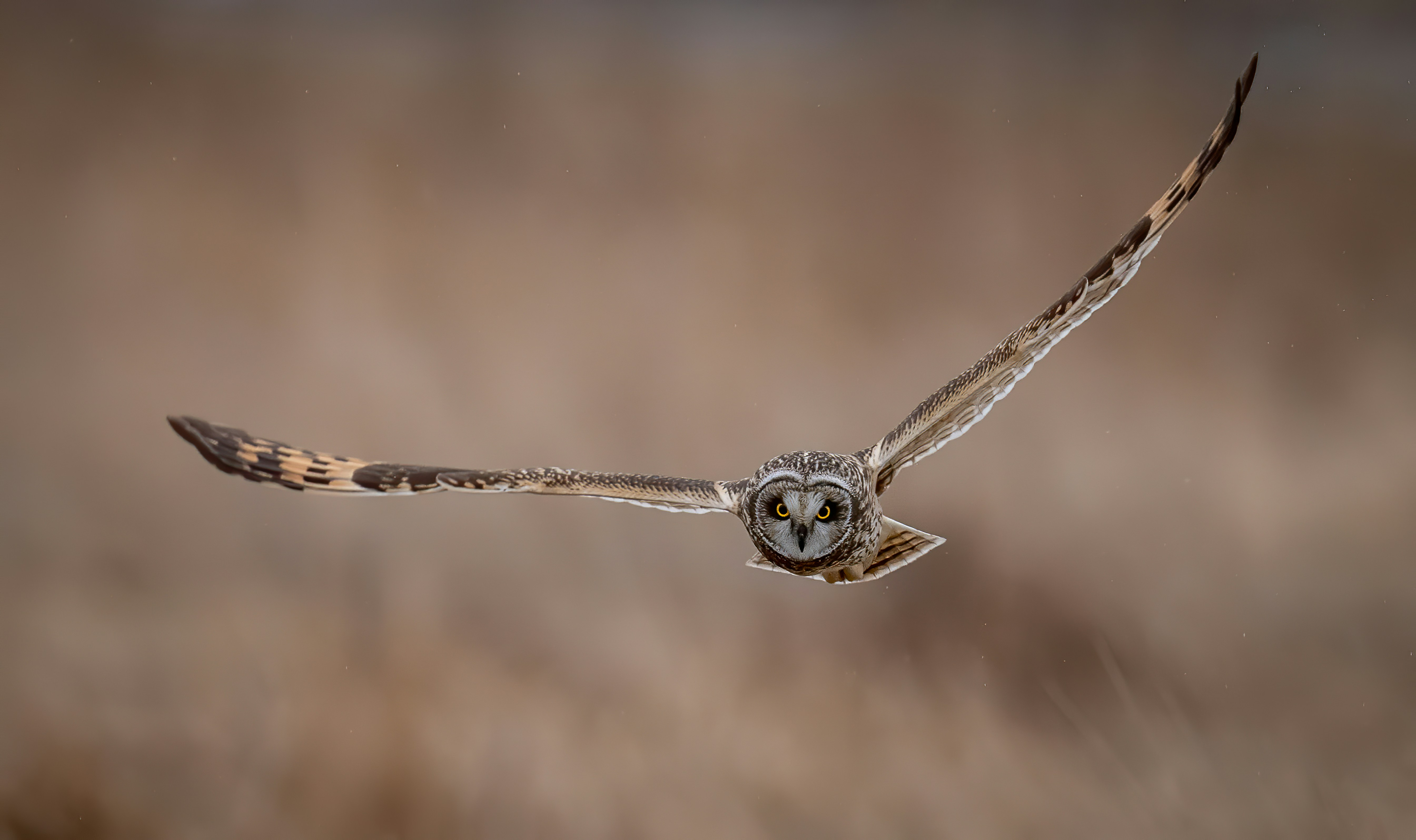
How We Think: A Simple Process, Potential Pitfalls
Our brain’s fundamental job is to make sense of the world around us. Only then can we make a decision as to what to do in any given circumstance.
The first step is to use all of our senses to receive information. We must understand the information and that requires the next step – recognition. There is only one way to recognize a situation, and that is to compare what is going on to our past experience. This comparison is essential for understanding the situation and planning our response. Recognition is the foundation for the next step.


Next, based on our recognition, we make a judgment about the situation and
create a plan of action. This entire process happens very quickly, almost
automatically. We evolved for this speed, as it was crucial for our ancestors to react
to danger without hesitation.
Pictorially, our thinking process looks like this:

While this rapid thinking usually serves us well, read below where thinking errors can easily creep in In fact, in our complex world the need for speed sacrifices accuracy to
create what is hoped to be an adequate response. Here are some common pitfalls in our thinking process:
Let’s revisit what it means to be wise. At its core, it’s about making decisions based on the soundest judgment possible, informed by knowledge and experience.
Consider this: when an immediate, automatic thought pops into your head, how wise is that decision truly? By definition, it’s the least wise thought we can have, representing a quick, adequate response rather than a deeply considered one. We can always seek more accurate or complete information and better understand the potential consequences of our choices. Therefore, any effort we make to gain a more detailed understanding of a situation leads to a more sound, and thus wiser
decision than our initial gut reaction.
The Become Wise approach focuses on understanding where our reasoning can go astray and how to correct those tendencies. Ultimately, your journey of exploration
and careful consideration will lead to wiser actions.
© 2025 by MRose Designs Canada